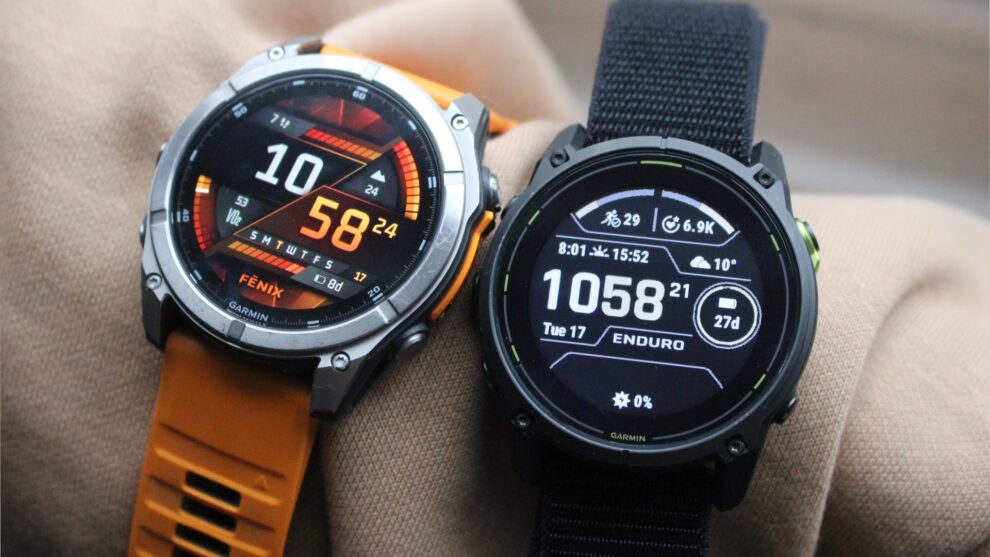Garmin, a giant in the world of fitness trackers and smartwatches, recently introduced paid-tier AI features for its premium subscribers. The promise was enticing: personalized training plans, deeper insights into performance, and AI-powered guidance to help users reach their fitness goals faster and smarter. But are these AI advancements truly delivering, or are users paying a premium for what amounts to little more than dressed-up algorithms?
Early reports and user feedback suggest a growing sense of underwhelment. While Garmin devices have long been praised for their robust data collection and reliable metrics, the added layer of AI, particularly behind a paywall, doesn’t seem to be providing the significant leap forward many hoped for.
One of the key AI-powered features is the enhanced Garmin Coach, which aims to create dynamic and adaptive training plans. However, some users have found these plans to be less tailored than expected. Sarah Miller, a marathon runner and long-time Garmin user, shared her experience on a popular online forum. “I was excited about the AI Coach adapting to my progress and adjusting workouts. But honestly, it felt pretty generic. It increased my long run mileage predictably, but it didn’t seem to factor in how my body was actually feeling or my recent race performance in a nuanced way.”
This sentiment is echoed by several other users. Many report that the AI adjustments feel more like pre-programmed responses to hitting certain milestones rather than an intelligent understanding of individual physiological data and training load. The level of personalization, a core promise of AI, appears to be falling short for some.
Another aspect of the paid tier focuses on advanced sleep analysis and recovery insights powered by AI. The idea is that the AI will learn your sleep patterns and provide more actionable advice on how to optimize recovery. Yet, some users find the insights repetitive and not particularly insightful. Mark Olsen, a cyclist who upgraded to the premium subscription, stated, “The sleep analysis is detailed, which is great. But the AI-powered recommendations are often things I already know – get more sleep, avoid caffeine before bed. I was hoping for something more specific and tailored to my data.”
The cost of these premium AI features is another point of contention. Garmin’s subscription model adds a recurring fee on top of the already significant investment in their devices. For many users, the perceived value of the AI features doesn’t justify the extra expense. “I love my Garmin watch, but I’m questioning whether the premium subscription is worth it,” says Emily Carter, a triathlete. “The AI features were a big draw, but so far, I’m not seeing a huge difference compared to the data I was getting before.”
It’s important to note that not all users are dissatisfied. Some report positive experiences with the AI features, particularly those who are newer to structured training or who appreciate the guidance provided by the adaptive plans. However, the volume of feedback suggesting a lack of significant improvement or truly intelligent adaptation raises concerns about the current state of Garmin’s paid AI.
So, what could be the reason for this apparent gap between expectation and reality? One possibility is that the AI models are still in their early stages of development and require more data and refinement to truly understand the complexities of individual physiology and training responses. Another factor could be the inherent limitations of relying solely on wearable sensor data. While Garmin devices collect a wealth of information, they don’t have access to other crucial factors like nutrition, stress levels outside of activity, or individual biomechanics that could significantly influence training adaptations.
Furthermore, the “AI” label itself can create inflated expectations. Users might anticipate a level of sophisticated, human-like intelligence that current technology simply cannot deliver. What Garmin offers is likely a set of advanced algorithms and machine learning models designed to analyze data and provide recommendations. While these can be helpful, they may not always feel truly “intelligent” or deeply personalized.
The situation highlights a broader trend in the tech industry where companies are increasingly incorporating AI into their products and services, often with a premium price tag. While the potential of AI in fitness and wellness is undeniable, the current implementation may not always live up to the hype.
For Garmin, the challenge will be to either significantly improve the capabilities and perceived value of its paid AI features or risk alienating users who feel they are not getting their money’s worth. Transparency about the limitations of the current AI models and a focus on delivering tangible benefits could help manage user expectations.
Ultimately, the question remains: is Garmin’s paid-tier AI a genuine step forward in personalized fitness guidance, or is it simply a marketing tactic to boost subscription revenue? Based on the early feedback, it appears the jury is still out, and many users are hoping for more substantial improvements to justify the added cost. For now, it seems some Garmin users might be paying a premium for an AI experience that doesn’t quite feel like it’s doing much at all.










Add Comment